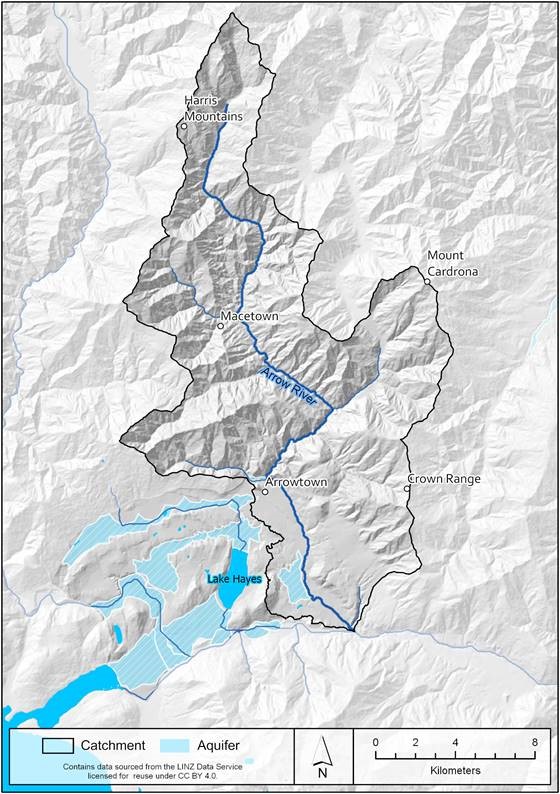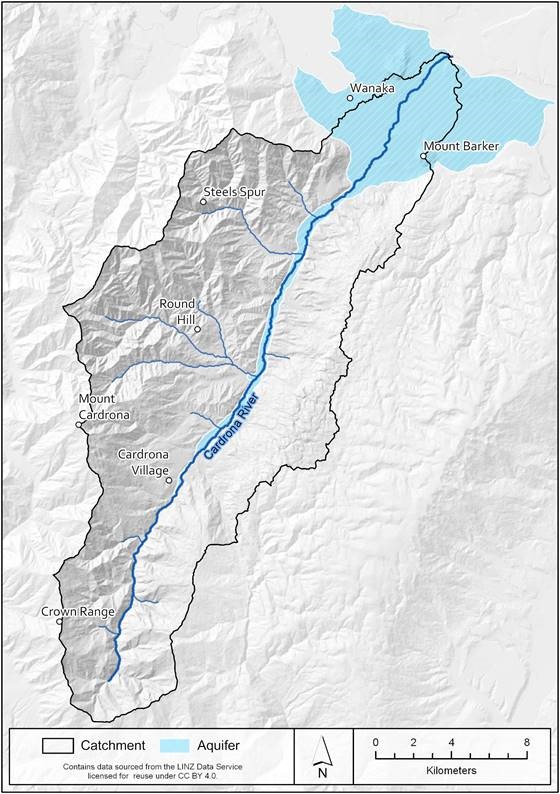The Otago Regional Council (ORC) has adopted five Freshwater Management Units (FMUs) and five sub-units (called “rohe”), which are areas by which waterways will be managed going forward. The next step for each FMU and rohe community is to meet and agree on values, including setting quality and quantity limits that reflect local and national values.
The staged approach to FMU and rohe value-gathering begins next week in the Arrow River and Cardrona River catchment communities, because they have already begun the process of identifying values and objectives in their collaborative work with ORC to set minimum flows.
ORC Chief Executive Sarah Gardner said “The policy direction ORC takes in each FMU and rohe must reflect the values of the whole community. We all rely on water in different ways, and the challenges associated with water are not isolated to particular sectors or parts of the community.
“While we have talked about values in these communities before, and others are also linking values into their work, the conversation we need to have now will be framed inside the National Policy Statement for Freshwater Management (NPSFM) that we must follow when making new water policy.
“The values of the Arrow and Cardrona Rivers will be important benchmarks for the policy-making process when we progress to objective-setting and determining limits on water quality impacts and water takes from those rivers. This is why it is important that everyone has a chance to join in this conversation,” said Mrs Gardner.
“We want to see as many people as possible participating in this process.”
ORC will host community meetings on two days next week:
- Monday 27 May, Arrowtown Bowling Club, at 12:30 and 7:00pm.
- Tuesday 28 May, Lake Wanaka Centre, at 12:30 and 7:00pm.
In addition to the community meetings, residents in these areas will receive a brochure in the mail inviting them to share their values for these waterways and how they want them to be in the future. The brochure includes a tear-off, free-post slip to be posted back to ORC.
People can also have their say online:
- Arrow River: https://yoursay.orc.govt.nz/arrow-river
- Cardrona River: https://yoursay.orc.govt.nz/cardrona-river
ORC councillors adopted the FMUs and rohe at an April 3 meeting. These establish the boundaries for managing water, a requirement of the NPSFM.
Following the council decision, Mrs Gardner praised the collaborative relationship with iwi that informed the FMU boundaries.
“We have worked closely with Aukaha, our iwi partner, to develop FMU boundaries. The concept of ki uta ki tai (from the mountains to the sea), which recognises the movement of water through the landscape and the numerous interactions it may have on its journey, has been a key influence in the forming of FMU boundaries,” she said.
The next catchment community to start developing the new framework for freshwater management will be the Manuherekia, and other communities and rohe will follow in the coming years.

Map of the Arrow River catchment

Map of the Cardrona River catchment

Map of Freshwater Management Units and Rohe in Otago
